#Indigenous Cultures
Text
Time Travel Question 48: Early Modernish and Earlier 3
These Questions are the result of suggestions a the previous iteration.This category may include suggestions made too late to fall into the correct earlier time grouping. In some cases a culture lasted a really long time and I grouped them by whether it was likely the later or earlier grouping made the most sense with the information I had. (Invention ofs tend to fall in an earlier grouping if it's still open. Ones that imply height of or just before something tend to get grouped later, but not always. Sometimes I'll split two different things from the same culture into different polls because they involve separate research goals or the like).
Please add new suggestions below if you have them for future consideration. All cultures and time periods welcome.
#Time Travel#Paracelsus#Early Modern#Precolonization#Indigenous Cultures#Aphra Behn#Il Sodoma#Art History#Theater History#Espionage#The Man in the Iron Mask#Yellowstone#Indigenous History#18th Century#17th Century#Serial Killer#Nursery Rhymes#Nanny of the Maroons#Escaped Slaves#Jamaica#1600s#1700s#Caribbean History#Black Women's History#Black History#Women's History#Ediacaran Era#Neoproterozoic Era#Ancient Iberian Cultures#Iberian History
61 notes
·
View notes
Text
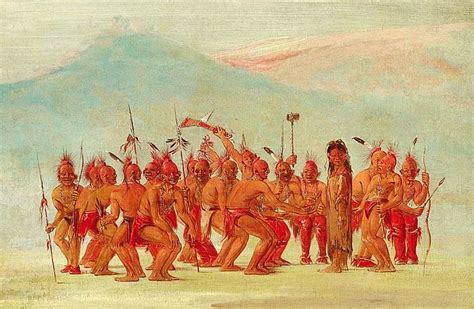
LGBTQ America: A Theme Study of Lesbian, Gay, Bisexual, Transgender and Queer History—chapter 09. Sexual and Gender Diversity in Native America and the Pacific Islands by Will Roscoe. part 2
Two Spirits in Native Tradition: Roles, Genders, Identities and Diversity cont.
In the twentieth century, ‘berdache’ “became the standard anthropological term for alternative gender roles among Native Americans. By the 1980’s, however, there was call for a change among scholars. In 1990, at a gathering of Native American and First Nations people, the term ‘two-spirit(ed)’ was coined. “Today, the term is used to refer to “both male-bodied and female-bodied native people who mix, cross, or combine the standard roles of men and women” (09-5).
The author acknowledges in a footnote that the term has its limitations (translation errors, and the fact that many tribes believe that all of us have the essence/spirit of male and female in us). But none of his reasons for these limitations match with my main critique both with the term two-spirit but mostly with the way it is often spoken of. Even within the acknowledgement of individuals who do not conform 100% to the Western concept of man or woman, the people are still fit into a binary. They are referred to as ‘male bodied’ and ‘female bodied’ two-spirited people.
To me, this often feels like an easy way for people to ‘short cut’ their understanding of native genders—as soon as they understand the way someone is sexed, they can still fit that person into a category, even if those categories are imperfect. Intersexuality is a ghost when topics of sex and gender arise. More and more, we understand that sex is not immutable, it is yet another social construction—the process of someone developing in utero and then continuing to grow and change in their lifetime is so complex that very often people do not fit neatly into either the distinct category of male or female.

(See the link below for a better image of this)
Whether that is their very chromosomes, hormones, secondary or primary sex characteristics—all these things and more combine to create a person. A person whose very sex is unique to them, as their gender is unique to them. Who knows the true reality of the two-spirit’s biological sex? No one—unless they are given extensive expensive testing that has only recently become available.
The truth is that intersexuality is natural and is common in humans, even in the Western world with its biopolitical control and its dualisms. The reason two-spirit people were and are held so special is because they do not fit neatly into these categories. To me it feels a kind of modern colonial erasure to try and sex the bodies of people who often very clearly and blatantly blurred all barriers. It feels as if it misses the entire point of the term two-spirit, as least as I understand it. But, I have not read much into what other two-spirits (especially elders) think about this concept.
“Two-spirit males have been documented in at least 155 tribes; in about a third of these a recognized status for females who adopted a masculine lifestyle existed as well”. (09-6) But as Roscue later adds, “absence of evidence cannot be taken as evidence of absence” (09-8).
In general, the lives of “native women have been overlooked […] and obscured by Euro-American sexual and racial stereotypes. Taking a broader view reveals that women throughout North American and the Pacific Islands often engaged in male pursuits, from hunting to warfare and tribal leadership, without necessarily acquiring a different gender identity” (09-8). Roscoe then offers some examples of Indigenous women being awesome.
The author then lists examples of traditional terms for two-spirited people across various tribes and explains that many of them cannot be literally translated into gender binary terms like ‘man-woman’. “These terms have lead anthropologists, historians, and archaeologists to describe two-spirit roles as alternative or multiple genders” (09-6). In fact, “many native societies are capable of accommodating three, four, and possibly more genders, or having a gender system characterized by fluidity, transformation, and individual variation” (09-7).
The author discusses how two-spirit children were identified often as youth by the certain type of activities they liked to participate in. Oftentimes ceremonies ‘marked’ people with two-spirit status. He then goes on to discuss the other ways two-spirits lived in society. “In many instances, male and female two spirits were medicine people, healers, shamans, and ceremonial leaders” (09-8). Certain ceremonial functions were specific to two-spirits and they were often seen to hold great power (09-8). “Because two-spirits occupied a distinct gender status, their relationships were not viewed as being same-sex” (09-9). !!!! This feels so important for some reason!!
Sexual and Gender Diversity in Native Hawai’i
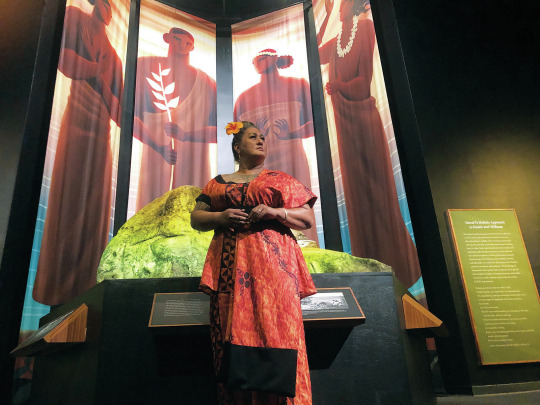
This section further emphases that indigenous peoples have had genders that go beyond male or female, man or woman and also that colonial violence is a tragedy. While I respect and love the people of Hawai’i and their struggles are so, so similar to Native Americans, I believe that the vast majority of Native Hawaiians do NOT consider themselves Native American (or American Indian or even just American) so my covering on this topic will be limited.
Roscoe speaks about the mahu stones that have extraordinarily sacred significance—these stones have a powerful history and connection to the mahu people (their gender diverse term). (This summary is literally so terrible and not at all a true representative of how important and beautiful this topic is, I apologize). Like the people, the stones faced colonization and were figuratively and then literally buried—“in the 1920s they were buried beneath a bowling alley” (09-15). They have since been reclaimed and are now being properly respected but, for the native peoples, “the Land inheres as sacred—beyond human perception and conception, beyond our capacities for belief and imagination—in and of itself” (09-15) and “If there were no humans on earth, they would still be sacred” (09-15). The stone’s spiritual power ‘has never been interrupted’ (09-15).
#queer theory#queer history#two spirit#two spirited#mahu#indigenous cultures#indigenous people#queer ecofeminism#queer politics#biology#intersex#queer ecology#ecofeminism#heteronormativity#colonialism#history#erotophobia#critical ecology#environmental politics#american history#indigenous history#human history
27 notes
·
View notes
Text
Nunavut Indigenous-language TV channel looking to be in the homes of every Canadian
Human Rights Watch has again given Canada's treatment of Indigenous people a failing grade. As Heather Yourex-West explains, the organization is highlighting how the protection of Indigenous women and girls is falling short, and the lack of access to clean drinking water for First Nations.
As a little girl in the early ’80s, Lucy Tulugarjuk said she would spend most of her time playing outside instead of in front of a screen.
Her family and friends in Igloolik, Nvt., did not own televisions, she said, with most households choosing to keep television out as a way to protect Inuit culture.
But she recalled that when she was five years old, she heard people in the nearby community of Hall Beach were watching TV, and the medium piqued her interest.
“It was interesting to see what TV had to bring. And we heard that it was just in English and French, no Inuktitut,” Tulugarjuk said. [...]
“At the time, I didn’t understand why.” [...]
Preserving Inuit storytelling has become fundamental, she said, since she described witnessing an erosion of culture when local kids watched TV in English and French: “It did impact our children.”
Continue Reading.
Tagging: @politicsofcanada
253 notes
·
View notes
Text
I honestly wanna see Indigenous activists learn about Indigenous populations like Albanians, Basques, Crimean Tatars, Circassians, Armenians, Laz (and other people of the Caucasus), and several Finnic speakers (not just Saamis; whom I deeply respect and admire). Not only that but I wanna hear them speak about the Rohigya, Uyghurs and the Ainu. As well as maybe done Baltic speakers.
While we're at it let's have a discussion on how monarchism and imperialism are the precursors of nationalism today and let's acknowledge the disappearing traces of indigenous lifestyle in particularly post-imperial Europe and Asia. Let's talk about Sardinia and Catalonia. And why not also about Sicily, Calabria, Alpine people (in Switzerland, Australia, Italy) and also peasant populations in Hungary, Ukraine, Poland, Romania, Georgia, Balkans etc.
Might I even suggest those from the Brittish Isles? Yes you hear me. I'm talking about the Scots and the Manx and the Welsh and even those Northern English people and indeed the Irish whether in free Ireland of North Ireland. It is absolutely essential to talk about assimilation and the danger of pan-nationalisms especially in Europe but also elsewhere such as in China for example or YES even in the SWANA region. There are many indigenous tribes there who are linguistically assimilated and speak Arabic or Turkish or Persian though with distinct accents. Their cultures and identities are still alive!
Especially from an anarchist and anti-civ perspective we simply have to talk about the dangers of assimilatory nationalisms and industrialization as well as urbanization on tribal communities and cultures and their knowledge. Much of it is lost to us today. Plus from a vegan perspective we can talk about how indigenous animal husbandry is being lost to factory farming and the like. Though we need to add the population boom into perspective there.
#Indigneous peoples#Indigenous Rights#Indigeneity#Indigenous cultures#Leftism#Anarchism#Anti-civ#Veganism
29 notes
·
View notes
Text
Climate-Endangered Tribe Sues Louisiana

By now, you're likely well aware of the climate crisis and its significant dangers to Indigenous communities the world over. The problem is especially magnified on islands and in coastal regions, where sea level rise can wipe away traditional homelands and make climate refugees of those who have been displaced. That's true even right here in the United States, where hundreds of Native communities -- in South Dakota, Alaska, Florida, Hawai'i, Washington, and Louisiana -- face existential threats.
And now, the first community to supposedly be moved from harm's way -- the Jean Charles Choctaw Nation -- is facing a new set of problems. Just before the new year, the tribe filed a landmark civil rights complaint with the U.S. Department of Housing and Urban Development (HUD) against the state of Louisiana. In 2016, HUD granted Louisiana $48 million in aid to resettle the tribe. But, its complaint asserts, Louisiana failed to properly implement the grant and has ethnically and racially discriminated, violated tribal sovereignty, excluded cultural components central to a proper relocation program, and provided poor replacement housing.
The Jean Charles Choctaw Nation has resided on the Isle de Jean Charles for five generations, since the ancestors of its citizens escaped the Trail of Tears in the early 1830s amid President Andrew Jackson's Indian Removal Act. Its homelands and burial grounds are located in a region facing perpetual devastation and erosion by storms and sea level rise. Since 1955, the Jean Charles Choctaw Nation has lost over 98 percent of its lands to the encroaching ocean.
It's also worth noting that the tribe is located in Terrebonne Parish, a region notorious for oil extraction, high pollution rates, and environmental justice violations. The Parish and over 90 percent of its property are largely controlled by non-local fossil fuel and chemical companies. The infamous "Cancer Alley" is just upstream.
By filing its complaint with HUD, the Jean Charles Choctaw Nation is looking to the federal agency to investigate the grant-funded resettlement program, currently run by Louisiana's Office of Community Development (OCD). The tribe hopes HUD will order OCD to respect tribal needs and authority as the program's implementation proceeds. The lawsuit is also significant in that, while the tribe has state recognition from Louisiana, it does not have federal recognition, which would extend access to more grants, disaster assistance, and various legal powers -- including constitutional protections and self-governance recognized by the United States.
#climate change#indigenous cultures#indigenous rights#climate refugees#native americans#choctaw nation
10 notes
·
View notes
Text
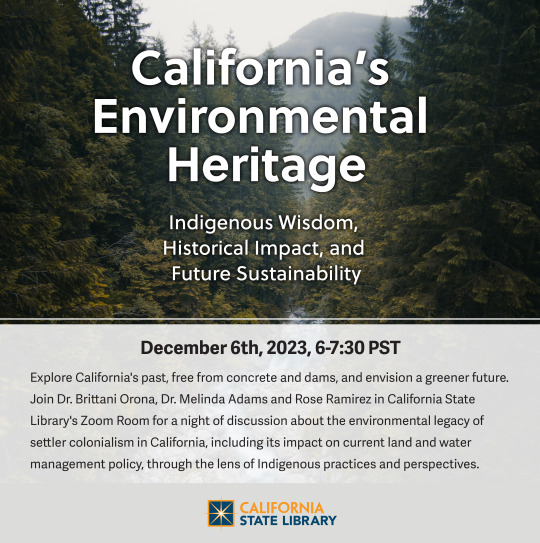
Explore California's past, free from concrete and dams, and envision a greener future. Join Dr. Brittani Orona, Dr. Melinda Adams and Rose Ramirez in California State Library's Zoom Room for a night of discussion about the environmental legacy of settler colonialism in California, including its impact on current land and water management policy, through the lens of Indigenous practices and perspectives. To register, please visit https://libraryca.libcal.com/event/11406831.
#Water Management#Indigenous History#Indigenous Cultures#california#california history#colonialism#environmentalism#virtual event#native american peoples#native american tradition
13 notes
·
View notes
Text

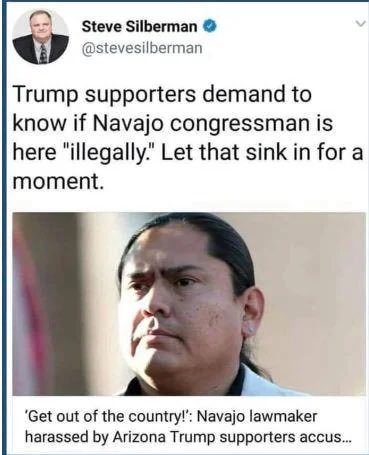

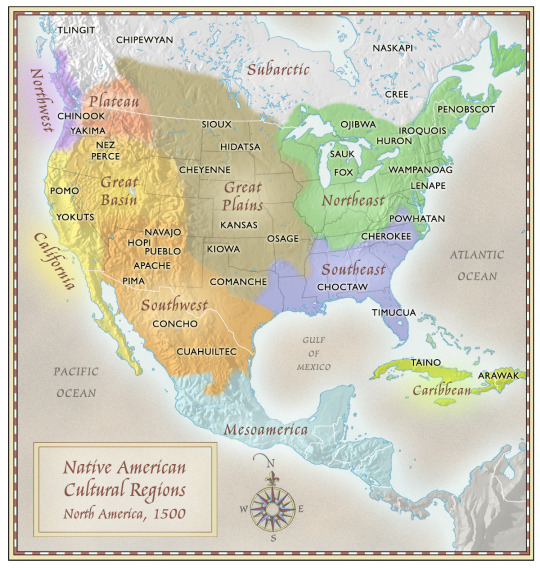
A Brief But Spectacular take on Indigenous cultures and struggles
Albert Bender is a writer, activist and attorney of Cherokee descent. Currently based in Tennessee, he has long been an advocate for Native American cultural preservation and justice. He shares his Brief But Spectacular take on Indigenous cultures and struggles.
youtube
20 notes
·
View notes
Photo


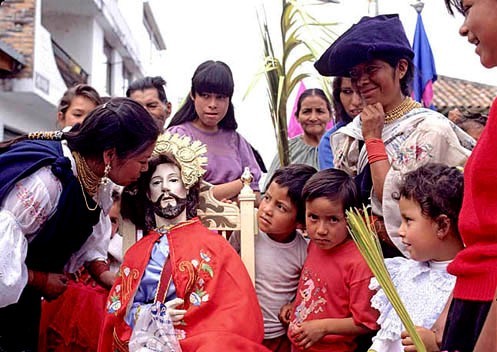

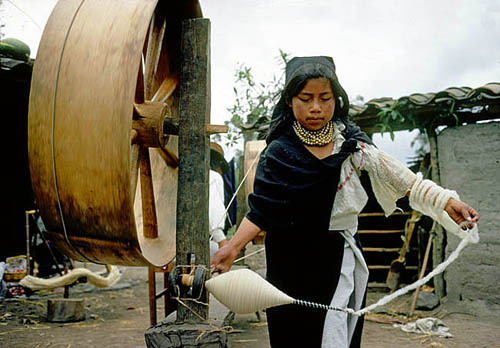
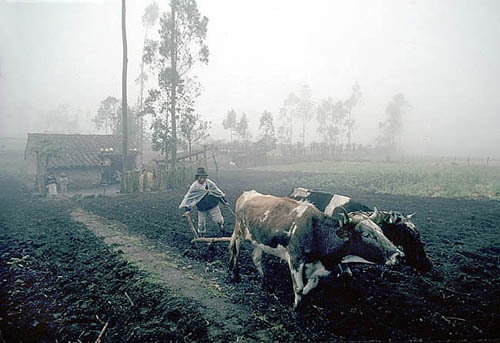


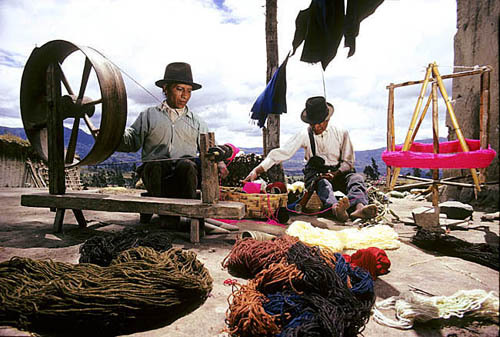

“Scenes from the daily lives of Ecuador’s Indigenous Otavalos” - Victor Englebert
#indigenous#catholicism#indigenous american#native american#folk catholicism#colonialism#andes#ecuador#cultura andina#andean#cultura ecuatoriana#indigenous cultures#south america#native american cultures
46 notes
·
View notes
Text

Happy National Bison Day!
Bison and elk share winter ranges in the National Elk Refuge near Jackson, Wyoming, in this image from our archives.
4 November 2023
—
National Bison Day is an annual event that honors the American bison, also known as buffalo.
It highlights the cultural, historical, and ecological significance of these massive mammals in the United States and Canada.
The day encourages people to learn about bison, their role in indigenous cultures, and their vital contribution to the natural environment.
#National Bison Day#American bison#buffalo#elk#National Elk Refuge#Wyoming#mammals#indigenous cultures#natural environment#nature#animals#National Geographic#Charlie Hamilton James#photography
15 notes
·
View notes
Text
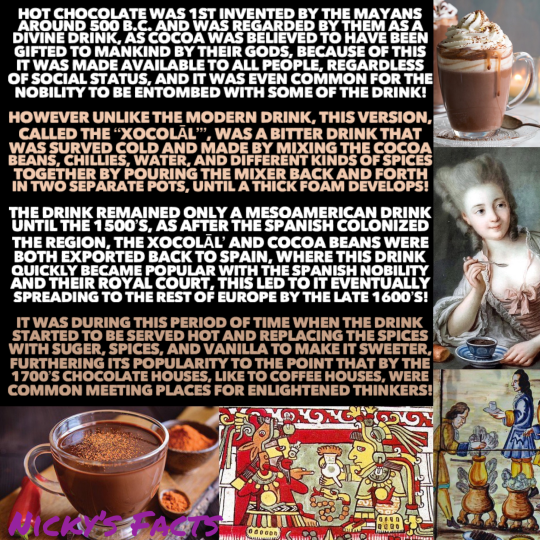
Hot Chocolate is the drink of the Gods and Democracy!
☕️🇲🇽☕️
#history#hot chocolate#mayan#mexico#spain#food history#xocolal#chocolate#indigenous cultures#cocoa beans#native american history#happy holidays#enlightenment#chocolate house#food#holiday season#delicious#latina#ancient history#christmas#chocolate history#aztec#dessert#mesoamerica#native americans#1500s#1700s#latin american history#nickys facts
7 notes
·
View notes
Photo

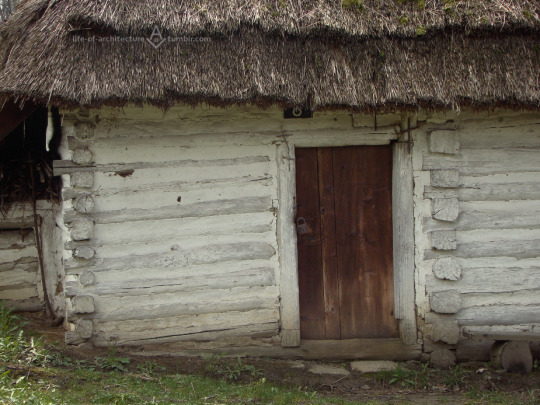
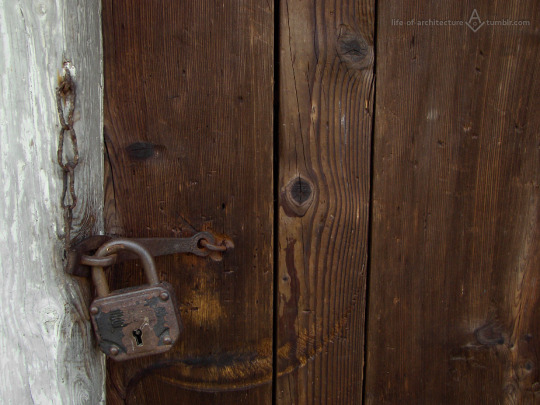

Nowy Sącz
Sądecki Park Etnograficzny
foto z 21 kwietnia 2017 i 14 lutego 2021
Chałupa Lachów Sądeckich. Zbudowana przed 1870 r. dla dworskiego piekarza, we wsi Rogi na skraju Beskidu Wyspowego i Sądeckiego. Później była domem krawca, a po nim szewca. Między 1968 a 1972 r. przeniesiono ją do Sądeckiego Parku Etnograficznego.
Chałupa w jej pierwotnym miejscu. Kobieta na pierwszym planie to prawdopodobnie ostatnia właścicielka, Katarzyna Plata, w 1968 r.
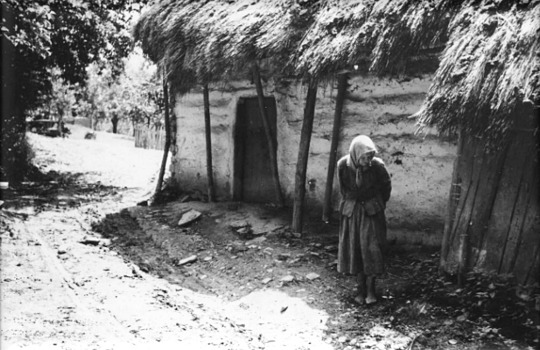
><><><><><><><><><><><><><><><
Nowy Sącz, Poland
Sądecki Ethnographic Park
taken on 21 April 2017 and 14 February 2021
House of the Lachy Sądeckie or Sącz Lachs culture. Built before 1870 for the local manor's baker in the village of Rogi between the Island Beskids and Beskid Sądecki mountain ranges. Later it belonged to a tailor, and then a cobbler. Between 1968 and 1972 it was moved to the Sądecki Ethnographic Park.
[house on its original site; woman in front of it is most likely the last owner, Katarzyna Plata, in 1968]
#Slavic culture#winter#grandmacore#witchcore#wooden architecture#countryside#photographers on tumblr#original photography#Central Europe#Eastern Europe#Poland#Polska#Nowy Sącz#Nowy Sacz#Rogi#village aesthetic#snow#indigenous cultures#ethnography#cottagecore
45 notes
·
View notes
Text
Naturism as social justice
← Part 1
Part 2: Race
Western modesty standards have served colonial racism ever since colonization was a thing, and they continue to do so.
I'm not sure if this is still the case, but within my lifetime there were still Indigenous Australian communities where clothes were something you put on when you had to go into town.
In New Zealand, where I live, Māori people adopted European clothing by about the 1900s. Previously they had had a variety of garments for formal occasions and bad weather, but for day-to-day life in the summer women could get away with an apron the size of a handkerchief, while men could go completely naked as long as they were able to avoid getting aroused in public.
Adapting to changing conditions is part of Māori culture, and that included accommodating European sensibilities. In response to the requirement that women cover their breasts, they invented those now-iconic intricately woven bodice tops you see in kapa haka performances. But there were other consequences that haven't gone away.
The Treaty of Waitangi, after being held as legally binding for over thirty years, was declared a nullity in 1877, so that white people could take the land and carve it up as they chose. All racial inequity in New Zealand ever since can be traced back to that declaration.
The reason given in the 1877 court case for nullifying the Treaty was, to cut a long and depressing story short, that Māori occupation of the land didn't count as ownership; they were just squatting there.
"Primitive barbarians" was the phrase the judge used. But a more common term used in the colonial discourse of the time, leading up to that case, was the racist slur "naked savages".
Nowadays we think of the Victorian attitude to nudity as conservative, traditionalistic, perhaps fusty and old-fashioned. But although the Victorians were great enthusiasts for romanticizing and pedestalizing (European) tradition, that wasn't what they were doing here. To them, covering up nudity and hushing up all suggestion of sexuality was progressive, modern, and civilized.
And when the Victorians said "civilized", it always meant "white".
The flip-side of this coin is the relentless colonial sexualization of indigenous women, which has been particularly acute here in the Pacific. It created what came to be called the "National Geographic double standard": you can print photos of naked people for general consumption as long as they're brown.
Nowadays I think National Geographic is doing at least better than that. Instead, the problem has shifted to YouTube. YouTube puts displays of nudity, including female-presenting nipples, under age restrictions. Following complaints from a number of indigenous groups, it makes exceptions for at least some traditional cultural expressions, notably from Brazil and southern Africa... so once again, you can display breasts as long as they're brown.
I mean, you can see the bind YouTube is in. If they age-restrict all breasts, they're being racist by repressing indigenous cultural expression. If they make exceptions for brown breasts, they're being racist by participating in the sexualization of indigenous people.
The not racist option would be to not age-restrict any breasts, regardless of race. But in the present climate that's unthinkable. Instead, YouTube of late has become so censorious that videos of paintings showing breasts have to be covered up in the thumbnail. Even the Victorians weren't as prudish as that.
Fictional depictions of indigenous people -- whether historic indigenous people (as in Disney's Moana) or made-up indigenous people (as in James Cameron's Avatar movies) -- always impose Western nudity prohibitions on them. (In the Avatar movies the way the female characters' neck ornaments always just happen to fall so as to hide their nipples is frankly laughable; Moana just, anhistorically, puts upper-body wrap garments on pre-colonial Pasifika women.)
And I'm afraid this practice spills over into what are supposed to be historical depictions of real people. Accurate depictions of pre-colonial Māori life are considered unsuitable material for New Zealand schoolchildren to see.
Do I need to explain why that's a problem?
Part 3, Part 4 →
#naturism#normalize nudity#racism#race#indigenous cultures#colonization#YouTube#a human body is a human being#naturism as social justice
11 notes
·
View notes
Text

LGBTQ America: A Theme Study of Lesbian, Gay, Bisexual, Transgender and Queer History—chapter 09. Sexual and Gender Diversity in Native America and the Pacific Islands by Will Roscoe. (final)
Two Spirits Today: Renewal and Change
The section starts and continues by discussing two-spirit activism and cultural renewal being fostered by two-spirits and lgbtq native people. One such event is the intertribal powwows such as the Bay Area American Indian Two Spirits Powow which in 2015, drew over 2,000 attendees (09-12). Attendees were asked to define two-spirit, the answers varied; “two spirit means being born with a male and a female spirit”, while another said that the term is “more of a historical reminder that before colonization all of our tribes had multiple genders” (09-12)
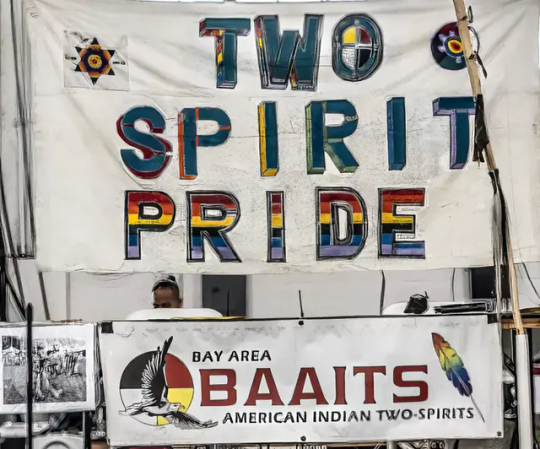
Two Spirits in the History of the United States

The author then tells us about four individuals who by our modern standards would be considered two-spirit, all of whom led incredibly fascinating lives. Most of them faced violence and prejudice in their lives. And this remains true for two-spirits today—the author mentions a young two-spirit Navajo named Fred Martinez Jr. who had been bullied and was murdered in a hate crime in 2001.
(Rest in Power, relative...)

Conclusion: History Matters
“Two-spirit/LGBTQ history not only challenges stereotypes and transforms prejudice, it provides the path to self-esteem, empowerment, and community for two-spirit-LGBTQ native people, while the stories of two-spirit males and females in American history teach us all about sexual and gender diversity and the ways in which these differences make distinctive cultural and historical contributions” (09-29)
#queer history#two spirited#two spirit#queer theory#usa history#heteronormativity#erotophobia#indigenous cultures#ecofeminism#indigenous people#queer ecology#critical ecology#ecology#environmental politics#colonialism#intersexuality#environmentalism#lgbtq#2s#2slgbtqia+
25 notes
·
View notes
Text
#dakota access pipeline#dapl#water protectors#water is life#water#indigenous cultures#native american#intersectional environmentalist#enviromental#climate change
2 notes
·
View notes
Text




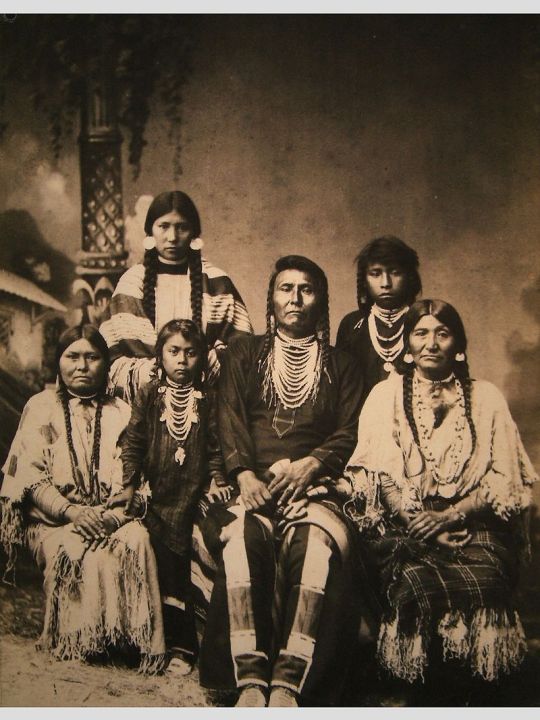
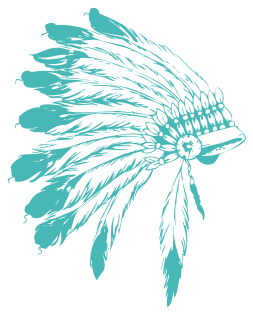

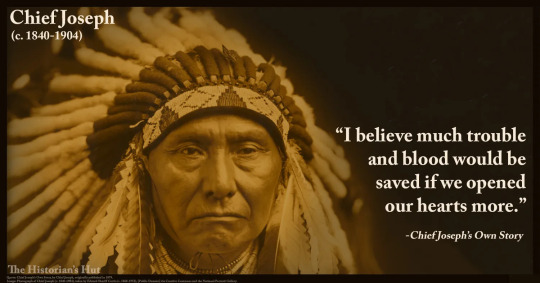
Chief Joseph Native American Tribe Leader
Chief Joseph in Seattle
In 1903, Chief Joseph made a visit to Seattle at the request of his friend, professor Edmond Meany of the University of Washington. The trip included a tour of Seattle, an epic UW football game, an iconic photograph taken by Edward Curtis and a plea to be allowed to return to his ancestral lands.
👇 🏹 👇
youtube
🏹 https://youtu.be/DpC90VMw3UI

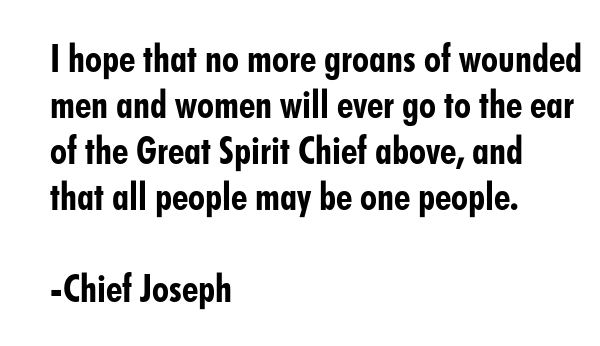
21 notes
·
View notes
Text
7 notes
·
View notes